

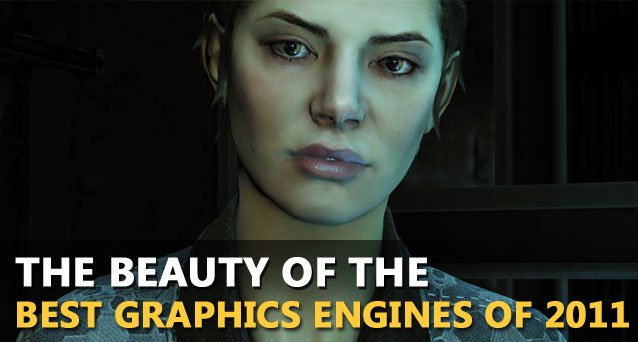
Graphics have come a long way since the days of Doom and Wolfenstein 3D, and they improve with each iteration as hardware becomes more and more powerful, surpassing previous generations.
In this article, we take celebrate the releases of 2011 and take a look at a few of its finest engines, which excelled in terms of visual quality as well as fidelity.
They are listed in no particular order, for each of them improved upon the previous generation of graphics engines with their individual strengths.
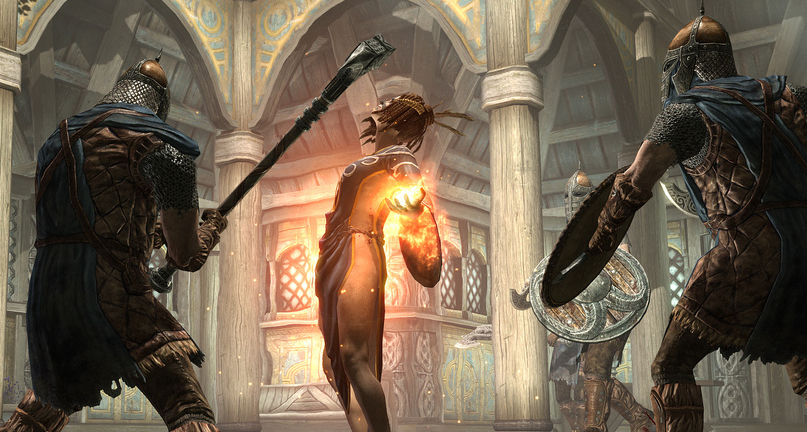
Image Credit: Deadendthrills
Last year saw the release of the latest in the Elder Scrolls series. Skyrim, no doubt, is fresh on our minds, and we would be amiss not to include the game in our round-up of 2011's hottest game engines.
Skyrim is streets ahead of Oblivion, and Morrowind before it. Its landscapes span for miles and its cities are memorable for their architecture. Gone is the stutter and the washed out colors, as Bethesda's done all they can to present a believable Scandinavian-inspired setting with Skyrim.
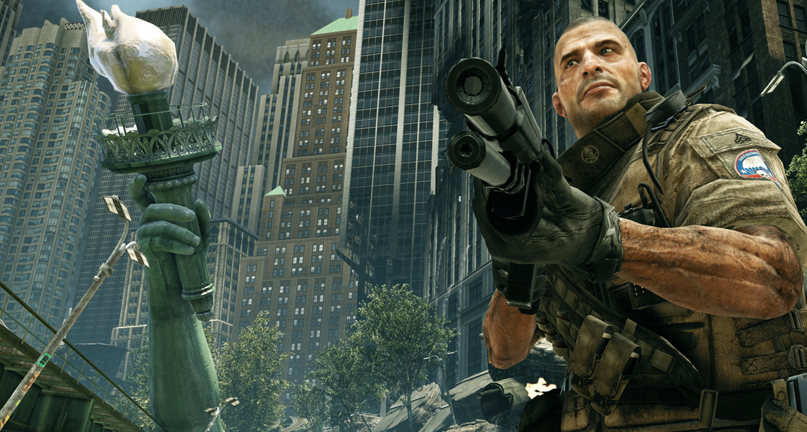
Image Credit: Deadendthrills
Crysis 2 may have taken a bit of heat from the press for toning down the size of its missions, especially in comparison to the first Crysis. Some amount of detail was also sacrificed for the sake of making the game console compatible.
That said, Crytek managed to make do with the limitations forced upon them by console specs and produced a game that looks stunning on both console and PC. Beyond that, the company even released a HD graphics patch for the PC to give the visuals the boost they needed to look even better than the first game.
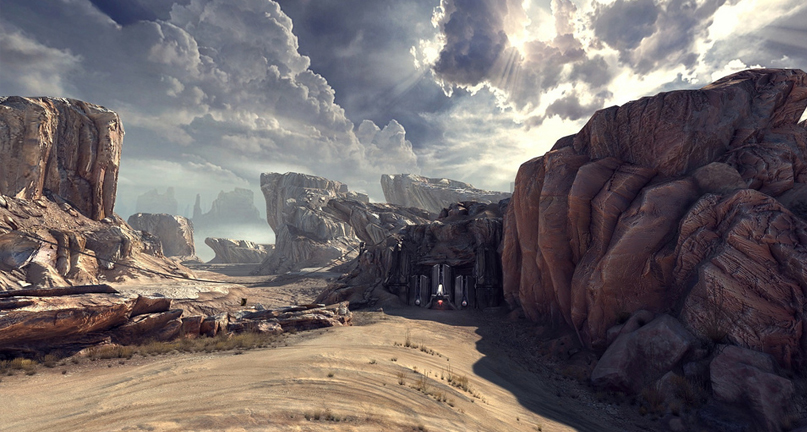
Image Credit: Electricblueskies
RAGE uses an experimental new technology called megatextures. It's capable of rendering gigantic textures—entire city blocks, even—without having any impact whatsoever on the game's performance. Framerate, as it so happens, is the most important aspect of a game engine according to RAGE's creator, John Carmack.
Provided that your computer can handle RAGE's gigantic textures, you won't even notice a drop in texture quality—which was a common cause for complaint among players who picked up the game on day one.
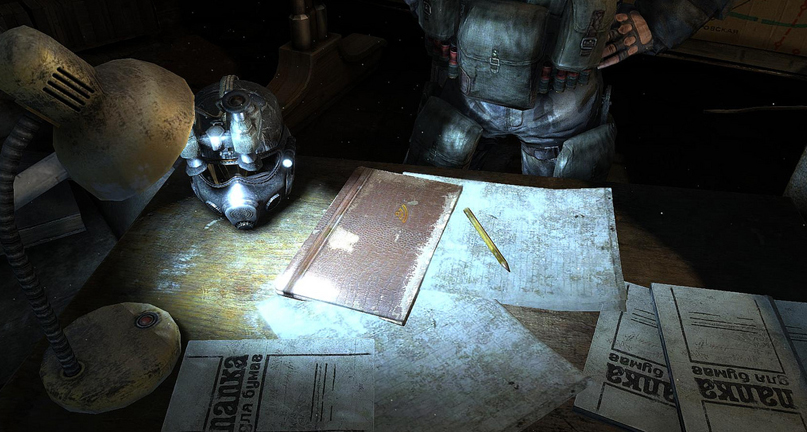
Image Credit: Electricblueskies
Metro 2033 is an underdog. We almost didn't include it in this list, but were it not for the fact that it was developed by a little known Russian studio with arguably limited resources in comparison to every other game on this list. They made do with what they had, and it came out better than anyone could've expected.
Metro 2033 may not have the best animations or the best textures, but I'll be damned if it doesn't have one of the best post-apocalyptic environments to ever grace a computer screen.
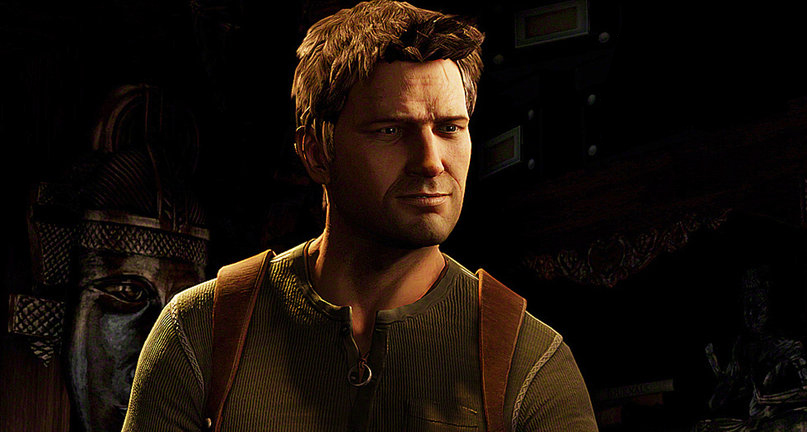
Uncharted 3 shames the previous Uncharted games with its visuals. That's not to say the previous games don't look bad—it's just that Uncharted 3 looks that much better.
Known as the Naughty Dog Game Engine 2.0, Uncharted 3's world is brought to life with a variety of weather and environmental effects that delivers life to its world.
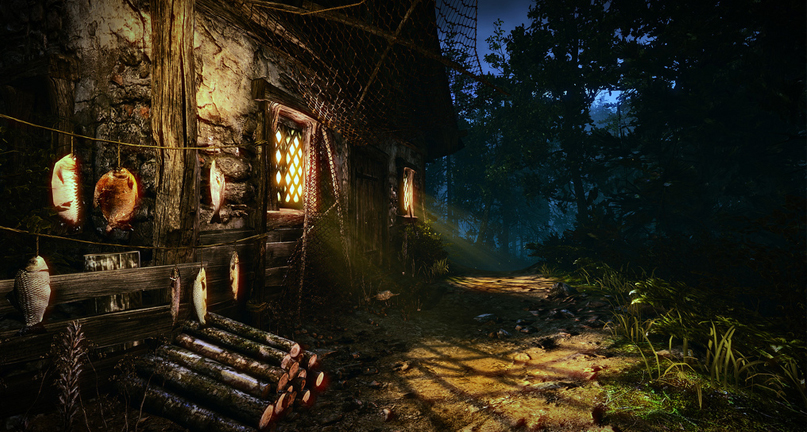
Image Credit: Deadthrills
CD Projekt RED and its games have come a long way since the days of the Aurora Engine. The aforementioned Aurora Engine was first developed by Bioware to power Neverwinter Nights. It was heavily modified by the Polish developers for use in The Witcher.
The team went on to develop its own in-house engine, called RED Engine. It's good, and it puts most other engines to shame thanks to the fact that it was developed for the PC.
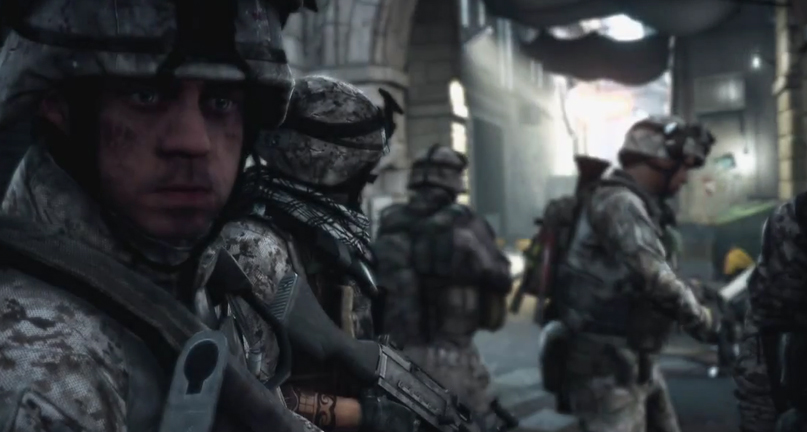
Battlefield 3's much-lauded Frostbite 2 game engine is easily one of the most advanced graphical engines to date.
The powerful engine that drives Battlefield 3 takes full advantage of DirectX 11 and 64-bit processors, and features full fledged in-game destruction to offer an experience more realistic (at least in terms of explosions) than any other FPS.

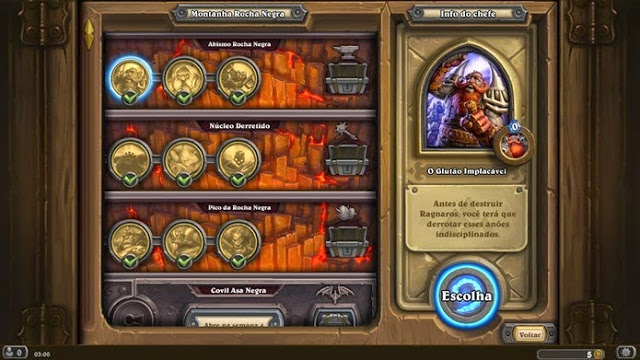


 Which Games Console Do You Currently Own? [MakeUseOf Poll]
Which Games Console Do You Currently Own? [MakeUseOf Poll] H-Hour: Worlds Elite Wiki – Everything you need to know about the game .
H-Hour: Worlds Elite Wiki – Everything you need to know about the game . 3 Undeniable Reasons Why You Need Online Anonymity
3 Undeniable Reasons Why You Need Online Anonymity How to Add Website Shortcuts to Your Windows 10 Start Menu
How to Add Website Shortcuts to Your Windows 10 Start Menu Become the Very Best at Pokemon on PokeMMO, a ROM Hack Done Right
Become the Very Best at Pokemon on PokeMMO, a ROM Hack Done Right